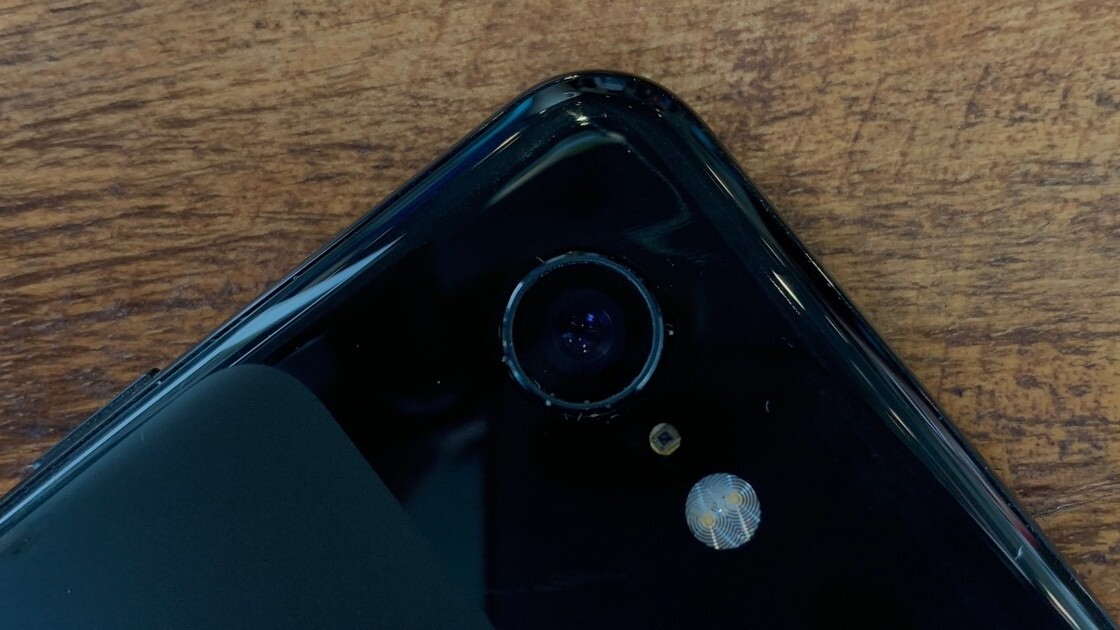
Google Pixel 3’s camera has a lot of impressive tricks up its sleeve. One of them is Super Res Zoom, which improves digital zoom for clear pictures, and allows for decent results when working with a single-lens setup like the one on the Pixel 3.
The company’s AI team explained in a blog post today that the camera zooms in before taking a picture, rather than shooting a picture first and then cropping it. That helps it improve the image quality later with special algorithms:
The Super Res Zoom technology in Pixel 3 is different and better than any previous digital zoom technique based on upscaling a crop of a singleimage, because we merge many frames directly onto a higher resolution picture. This results in greatly improved detail that is roughly competitive with the 2x optical zoom lenses on many other smartphones.
The team noted that most other digital zoom algorithms crop high-resolution images and later upscale them, and this process results in loss of detail. As we noted in our recent camera comparison, Google’s method works pretty well up to about 2x zoom.
Google already uses multi-frame technology for the HDR+ mode on its Pixel phones. For Super Res Zoom, it uses a technique called dribble, which captures and later combines multiple frames taken from slightly different angles.
It makes use of the minor movements from when your hand shakes while holding your phone to capture multiple frames. If the phone is placed on a tripod, the camera jiggles to mimic these movements and capture additional frames.
Through improved algorithms, Google also overcame problems like excessive noise, ghosting and motion blur to achieve a good photo. The company claims this method gives a satisfactory result for photos with 2x or 3x zoom captured in ample light.

While using the Pixel 3 XL for a week, I have observed that Super Res Zoom works well when zooming only up to about 2x. You’ll also want to avoid any moving objects to get the best results out of this feature. Oh, and Google Lens plays nice with this too, so you can use Super Res Zoom to capture details from a poster from afar.
Google’s blog post has more details on how this feature works, as well as some additional tips on getting the most out of it on your Pixel device.
Get the TNW newsletter
Get the most important tech news in your inbox each week.